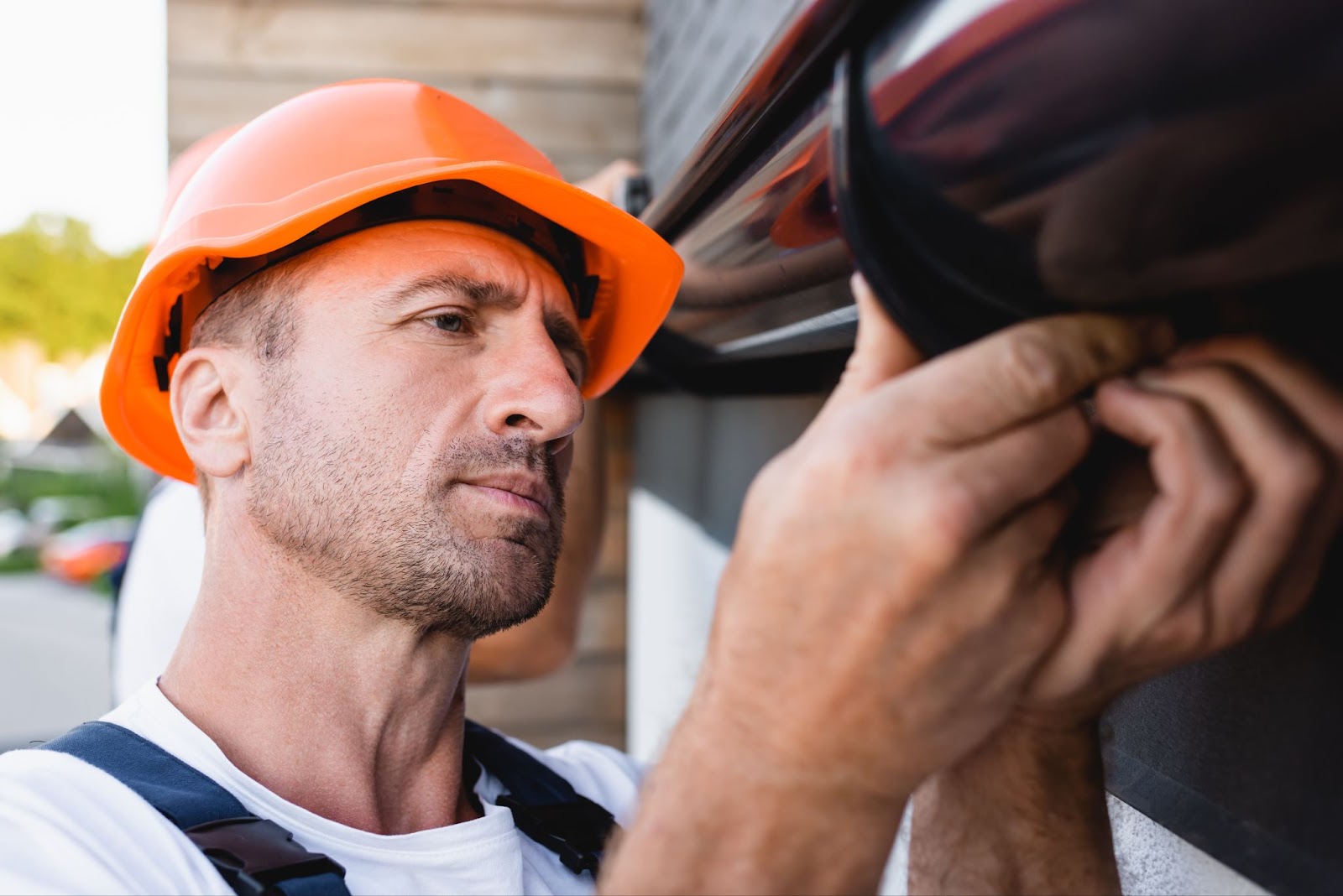Vital Skills and Duties of a Professional Roof Plumber in Australia
In the fundamental yet varied world of the Australian building industry, roof plumbing has solidified its place as a unique and invaluable sector. It’s best described as the specialised assembly and maintenance of rainwater disposal systems. Ensuring rainwater is funnelled away from buildings constructively, roof plumbing prevents water intrusion that could damage the structural integrity of buildings.
Given the often volatile Australian weather, the role of a roof plumber is of utmost importance to protecting Australian homes and commercial spaces against water damage. This article provides a comprehensive evaluation of the vital skills, tools, and qualifications needed for a successful career in roof plumbing and introduces readers to a typical day in their professional life.
Understanding the Role of a Roof Plumber
Roof plumbing is far more than just diverting rainwater. It’s about managing an essential aspect of a building’s overall condition. The professionals in this field deal with installing, repairing, and maintaining roofing components, focusing mainly on those that involve the movement of rainwater from the roof down to the drain.
Compared to traditional plumbers who concentrate on the building’s interior, dealing with water supply, toilets, showers, and sinks, a roof plumber has a very different set of responsibilities. They install new roofs, maintain and repair existing ones, and handle the installation and maintenance of gutters, downpipes, and flashings to ensure that rainwater is directed away as smoothly as possible. Whether you are dealing with a standard household leak or require the specialized skills of a plumber Mosman residents rely on for heritage home maintenance, understanding the distinction between interior and exterior water management is key.
Have you ever had a leaky roof? A skilled plumber can address all your roofing needs, from repairs to installations. They’re also responsible for the preventative measures required to avoid future leaks and subsequent water damages.
Essential Skills Required for a Professional Roof Plumber
To be a successful roof plumber, mastering certain skills is a must. This job requires excellent balance, hand-eye coordination, and physical strength due to the work’s nature that frequently involves heights and physical tasks. The fine art of manual dexterity should not be underestimated in this trade.
In the field, unanticipated complications can arise, necessitating an aptitude for problem-solving and analysis. From diagnosing the cause of a leak to determining the best layout for new guttering, these professionals must think on their feet.
Further, effective communication and a pleasant demeanor are other traits that can set a professional apart. Plumbing jargon can confuse clients, so the ability to explain situations in a way that clients understand is beneficial.
Moreover, safety skills are equally significant. Knowing what potential hazards to look for, understanding how to use tools and equipment safely, and taking proper protective measures are all crucial aspects of a roof plumber’s role.
Roof Plumber Tools of The Trade
The roster of tools in a roof plumber’s toolbox is broad, ranging from typical hand tools to state-of-the-art digital devices. Hammers, screwdrivers, snips, and crimpers share space with more specialised tools like seamers, iron stands, and roofing squares. Knowing how to effectively manipulate these tools, while adhering to safety standards, is paramount.
Technology improvements have bled into roof plumbing, too, with digital depth gauges, laser levels, and other advanced tools making tasks more efficient, accurate, and manageable. For example, consider a roof plumber tackling a large commercial project; the precision offered by digital measuring tools can make the difference between a job well done and expensive mistakes.
Training and Qualification Needs for a Roof Plumber
To start a career in roof plumbing, it’s crucial to acquire the right skills and qualifications. This could include a Certificate III in Plumbing, with a focus on roof plumbing. Vocational Training and apprenticeships are typical pathways for prospective roof plumbers.
A quality roof plumber stays up-to-date with the craft’s latest advancements and trends. The Australian building codes also evolve over time, adapting to novel materials and technologies. Hence, continuous learning and skills upgradation are not just bonus points but a necessity.
Reality of Job Duties – A Day in the Life of a Roof Plumber
Each day, roof plumbers face different scenarios that range from general maintenance tasks like unblocking gutters to installing new roofing systems. The job is physically challenging and often requires working in high areas and tough weather conditions.
In Australia, where the climate can vary significantly across regions and seasons, a roof plumber must be flexible and adaptable. During scorching summers, roof installations can be exceptionally difficult due to severe heat. In autumn, blocked gutters are a common issue that needs immediate attention. For instance, residents in growth corridors often require localized expertise to handle the wear and tear of estate builds; a dedicated plumber in Craigieburn might spend a morning clearing storm debris from gutters before moving on to a full metal roof installation in the afternoon.
Conclusion
As we’ve discussed, the contributions of roof plumbers extend far beyond fixing leaks; they play a pivotal role in safeguarding our homes and buildings. The weight and importance of this role are evident. This profession demands a stimulating mix of physical abilities, mental agility, specialised knowledge, and a constant readiness to adapt. If you’re considering roof plumbing as a career, this guide should provide a clear insight into the nature of the work. The journey to become a qualified roof plumber invites challenges, but it is undeniably rewarding, offering a career path where you directly contribute to Australia’s building landscape.




One Comment